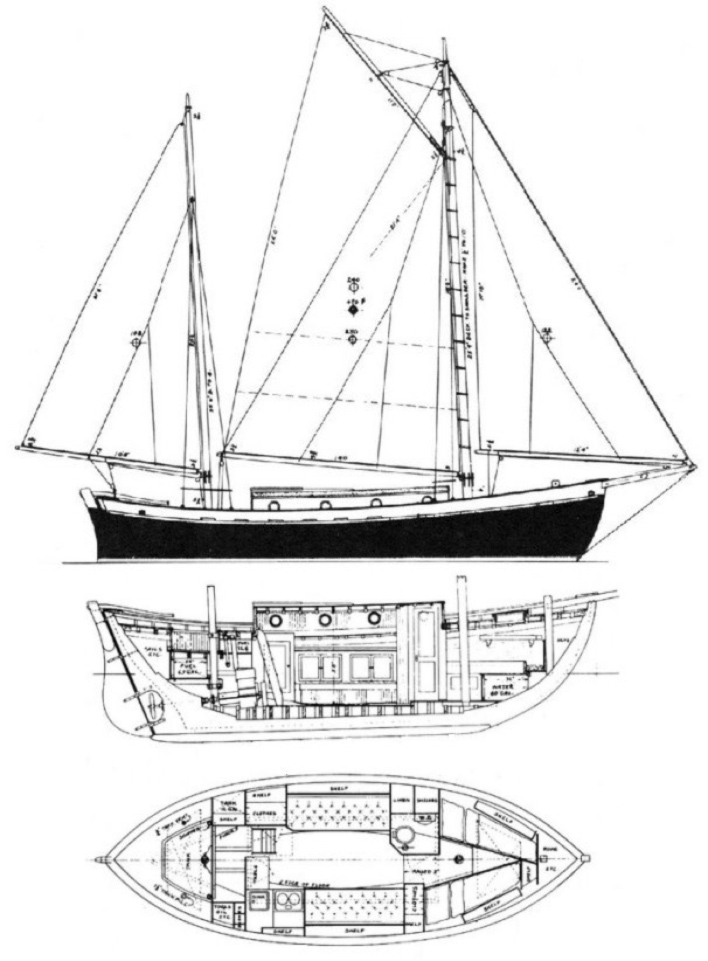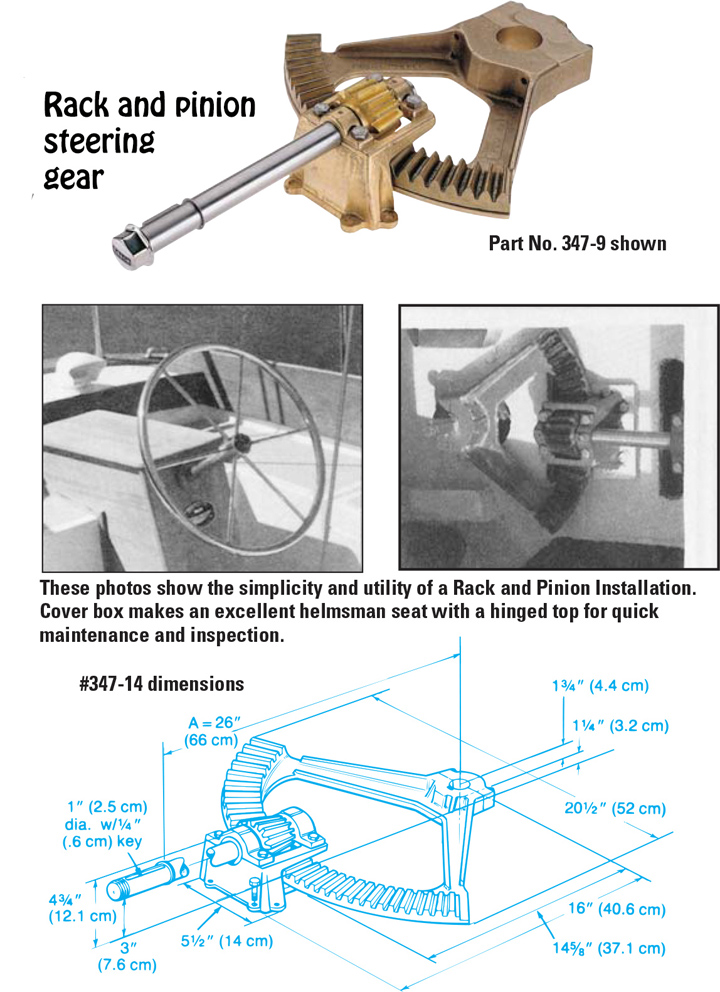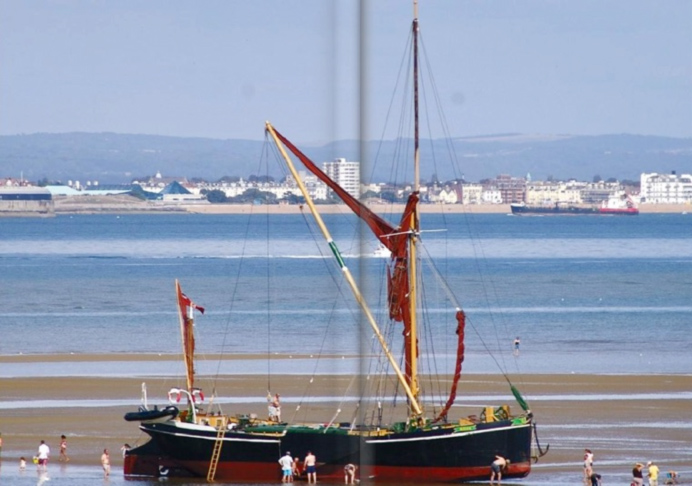
Evolution of steering technology.
For the Samoscraft boat, we will need to fit a rudder and propeller at the stern, so the boat can move under electric power as well as sail power. One way to do this is to add an extension to the stern comprising a horizontal skeg at keel level (as shown in the picture of a boat under construction at Agios Isidoros, supporting a propeller aperture and rudder bottom bearing. The sternpost needs to be modified further up, so that it is at a constant, near vertical angle, rather than being curved, so the rudder can be attached to it via two pintle and gudgeon hinges, located at the mid point and at the top of the leading edge of the rudder.
An example of this type of stern evolution is found in the traditional UK “ Tahiti ketch” design, which is based on nineteenth century UK fishing boat lines that had a hull shape otherwise similar to Kyrenia ship, though equipped with a completely different fore-and-aft sail plan.

Making a modification like this to the Kyrenia's hull lines requires more complex curvature of the planking towards the stern (but these planks can still be bent naturally onto he ribs if frame-first hull construction techniques are used.
Fitting a horizontal tiller to the rudder stock beyond the sternpost prevents the sternpost being extended above the deck in a sweeping curve as in Kyrenia II, but this upper curve could be retained if the rudder stock terminated just inboard below deck level attached to rack and pinion wheel steering gear

This is the steering arrangement used on UK traditional sailing barges like Alice, (shown below, beached at Portsmouth harbour), which are larger than the Tahiti Ketch (and so tiller steering would be very heavy).

Sailing barge Alice is 23m in length, which is much the same size as that proposed for the Samoscraft ship, though again with a totally different fore-and aft sail plan (spritsail rig). Spritsail barges were bulk cargo vessels sailing on UK East Coast Rivers arid and across the North Sea and English Channel throughout the last 300 years.
EnglishSpritsail barges a very beamy, with similar lines to the Kyrenia ship, except that they are built with flat bottoms and near vertical hull sides with had chine between bottom and sides, rather that round bilges, that allow them to be only 1 m in draught below the waterline. They nave no protruding keel and so can sit flat on sand or mud berths while loading and unloading cargo. They are also fitted with a transom stern above the rudder, but this is a design tradition that makes it easier to moor the boat "stern on” to a commercial quay, rather than a design necessity.
In order to improve performance wile sailing against the wind, they are fitted with larboards. The picture of Alice shows he Starboard larboard in the raised position with 4 people in front of it.